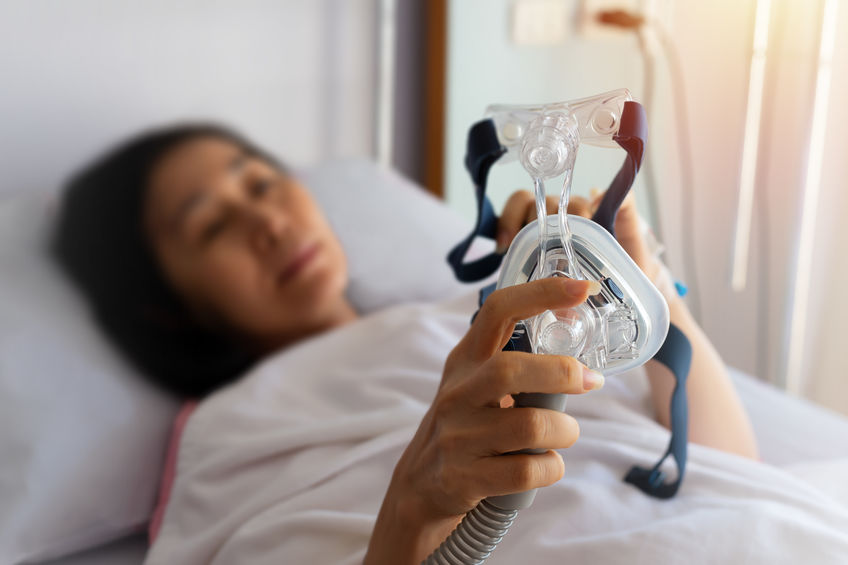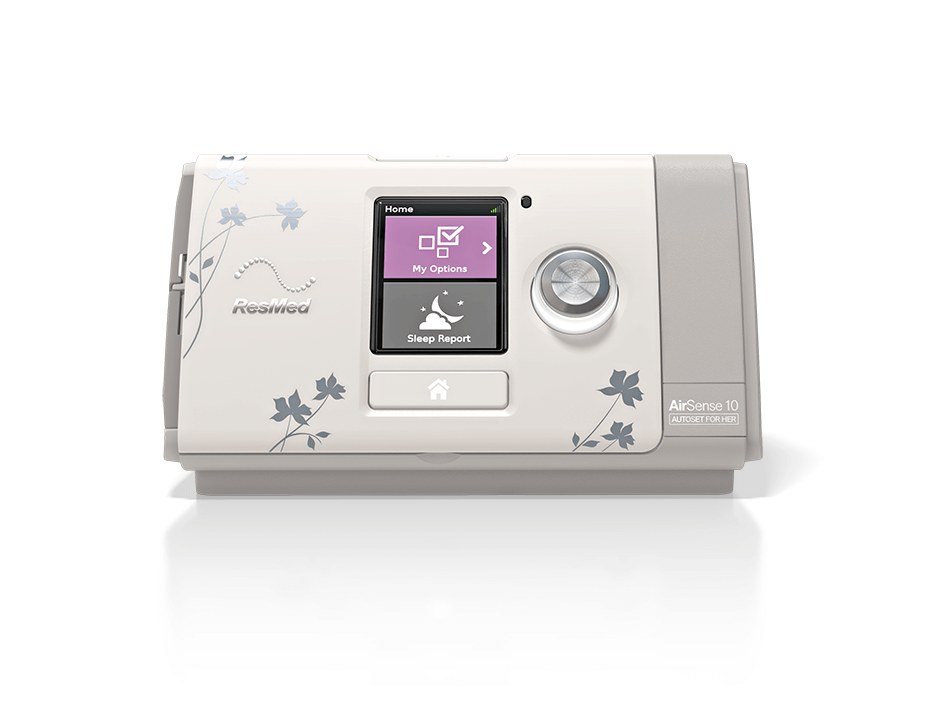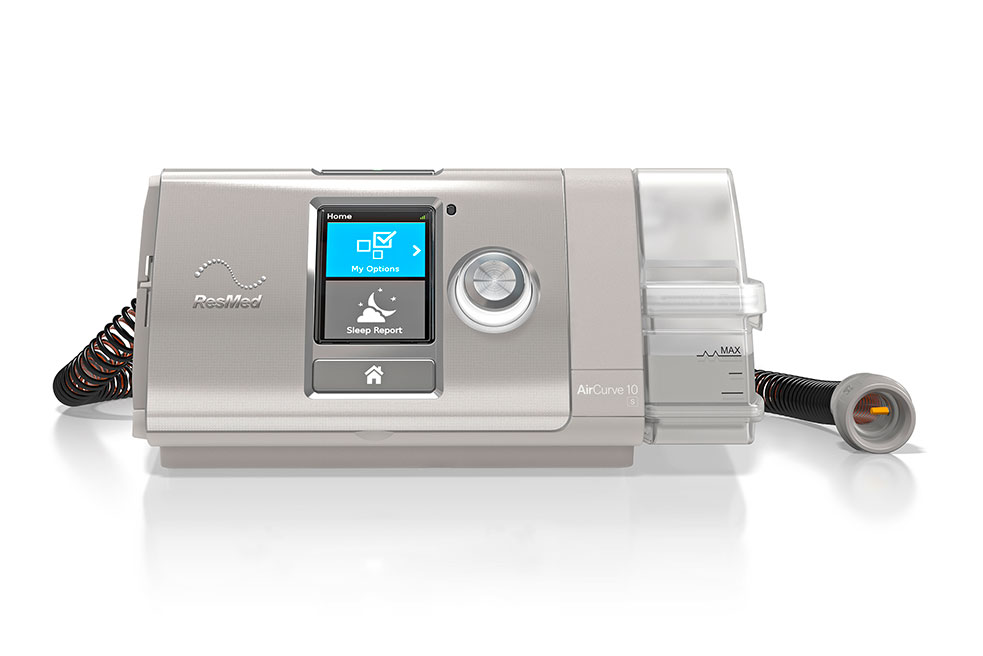Current national adherence rates are anywhere from 30-60% within the first year of CPAP therapy, meaning many of those who begin CPAP therapy quit before their first anniversary. Why? There are a variety of reasons why people quit using it:
- The CPAP mask is too restrictive on the face.
- The device is cumbersome and uncomfortable and feels obtrusive to wear.
- The pressure settings are not set properly causing breathing issues and inability to fall asleep.
- Some patients do not keep up with the routine of cleaning, maintenance and refills of filters and supplies.
- Some patients do not see an improvement of symptoms and are still tired all day.
- The cost of monthly supplies including filters, face cushions, masks, tubing, etc.
- The noise level of the CPAP machine takes time to acclimate to. (Most newer CPAP machine models have considerably reduced noise levels.)
At Everything CPAP, our patient adherence rate is considerably higher than the national average, as we address the above issues early on and keep a continuous monitoring of our patients through the first weeks, months and even years of CPAP Therapy. Ongoing communication with our clients is an essential component of our success. To understand our focus on adherence, lets first discuss the reason diagnosis and treatment of OSA is imperative.
WHY ADHERANCE SHOULD BE ENCOURAGED
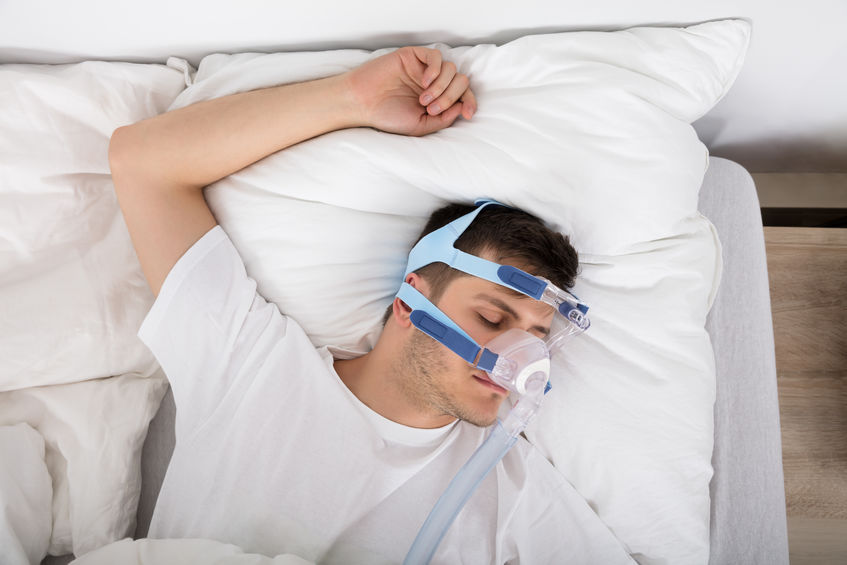
Health Risks: The health risks of undiagnosed or untreated sleep apnea can negatively impact everything from mental, cognitive, emotional and physical health. Research shows that a chronic lack of sleep or poor-quality sleep can result in a series of other comorbidities including obesity, high blood pressure, diabetes, cardiovascular disease, depression, anxiety, ADHD, increase risk of Alzheimer’s, as well as shorten life expectancy. Quality sleep affects restoration of every type of tissue and system in your body, from the brain, heart, and lungs to metabolism, immune function, mood, and disease resistance.
Despite the serious health risks, a large majority of the general public lacks awareness of the health risks associated with OSA because they fail to link sleep apnea with its many serious comorbidities, such as increased rates of cardiovascular disease, diabetes, and accidents. Education of physicians, patients, insurance companies, and employers is needed so they are aware of the medical and financial impact of undiagnosed and untreated OSA.
Dr. Timothy Morgenthaler, patient safety officer at the Mayo Clinic, explains, “Many patients are dismissive of symptoms of sleepiness. It is accepted as the norm. Patients and providers need to acknowledge that OSA is a serious chronic disease just like hypertension and heart disease, and it needs to be managed.” (Frost & Sullivan)
Economic Impact: A recent study by Frost & Sullivan “estimates that undiagnosed OSA cost the United States approximately $149.6 billion in 2015. When calculating the respective costs for leaving OSA undiagnosed versus diagnosing and treating it, financial modeling indicates that treatment costs are approximately 33% of non-treatment costs resulting in a significant net cost savings to the nation.”
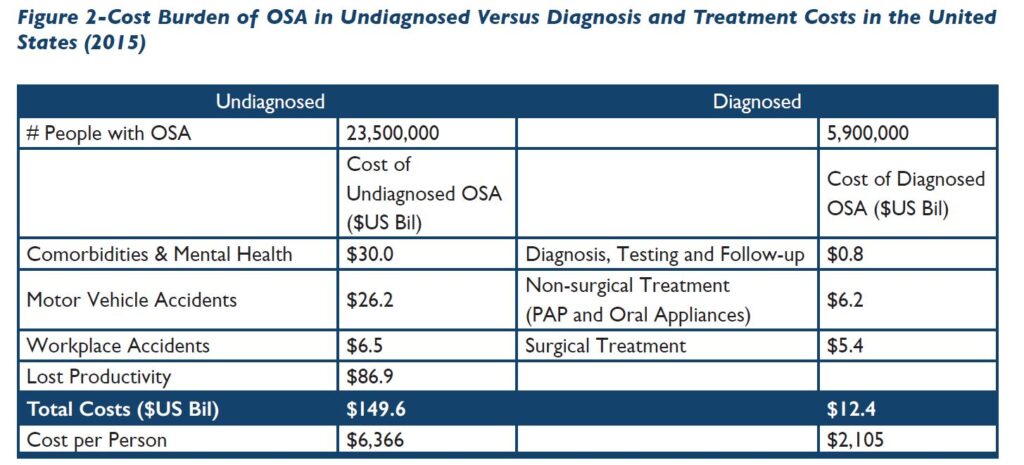
The cost of undiagnosed OSA is illustrated in the above table to be nearly $150 million dollars per year, and its surprising to note that the estimation by the same Frost & Sullivan study estimates nearly 80% of the population is still undiagnosed.
WHY OSA REMAINS UNDIAGNOSED IN 80% OF THE POPULATION
There are several obstacles to establish diagnosis and subsequently treatment of Obstructive Sleep Apnea, but the main two are (1) the patient’s disregard of symptoms as insignificant and then their failure to report them to their primary care physicians, and (2) there is not enough emphasis on sleep medicine in medical school training, so many primary care physicians are not apt to recognize the symptoms of OSA or the associated comorbidities linked to poor sleep quality. It starts with education of the general public as well as those in all aspects of the medical field, and the first step is asking the right questions. The first question patients should ask themselves as well as physicians asking their patients is “How are you sleeping?”
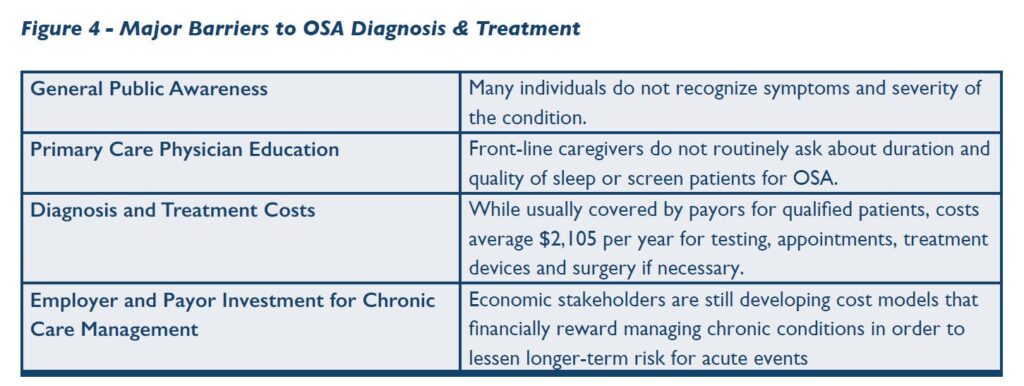
HOW Everything CPAP OVERCOMES CPAP NON-COMPLIANCE
Everything CPAP is not a huge company, so our patients do not get lost in the shuffle. It is our goal to provide specialized care with a focus on individualized attention to each of our patients, and especially those who are beginning their CPAP journey. While other companies may be too big to care about you as a patient or use outdated technologies, at Everything CPAP you can rest assured knowing that you will have the best treatment available. We strive to make sure our patients receive the care they deserve and the help they need to be successful in treating their sleep apnea.
While we do not charge for our premium patient care and support services, all of our patients receive the following services:
- Ongoing support which includes refitting, product or part replacement, questions, troubleshooting and to address any of patient’s concerns. We check in with patients to examine their sleep quality, their comfort level, their pressure settings, and their refill needs with new patients at the following intervals: 1 week, 3 weeks, 1 month, 3 months, 6 months, and then annually, unless issues or changes arise.
- Resupply and refills of filters, tubing, masks, cushions, batteries, and more via our Online ReSupply Portal
- Ongoing Monitoring and Reporting which offers the patient remote and convenient monitoring of their sleep quality, compliance and the effectiveness of their current settings. If any issues or concerns are noted, we have the ability to detect them right away and implement doctor-recommended solutions.
- 24/7 Technical Support. If you need technical support after hours, our staff is available to our existing patients twenty-four hours a day, seven days a week to prevent or address treatment failures.
As a small CPAP Therapy ‘boutique’, we have the ability and experience to measure our patient’s success with state-of-the-art technology as well as an educated and certified staff to accurately track, read and understand the data to make needed corrections. In business for nearly ten years, Everything CPAP has worked with hundreds of patients, so we understand what the most frequent complaint are and how to address them.
HOW WE ADDRESS & OVERCOME COMMON CPAP COMPLAINTS
“I don’t have the time to for CPAP Therapy.”
The first thing we tell patients, is that it will get better. The time to learn how to setup, clean and maintain your CPAP machine, mask, tubing and filters may require an initial investment of time, but as you become more acquainted with your CPAP Therapy equipment, it will become second nature and your time in setup and maintenance will be reduced as you become more accustomed to it. Soon, it will be a habit, as automatic as brushing your teeth before bed.
“The mask is uncomfortable.”
In the initial days of wearing your CPAP mask, it may feel obtrusive or claustrophobic, so that is why at Everything CPAP we encourage our patients to try out a variety of mask types to see which one feels more comfortable. (See our post “Which Type of CPAP Mask is Best for Me?”) For example, if the full face mask feels claustrophobic, you can also try the Nasal Mask or the Nasal Pillow Mask. If you wake up with a dry mouth (for mouth-breathers), you can try the full face mask or a chin strap to keep your mouth closed at night. We have seen and heard it all, and we know how to adjust your settings, device and mask to help our patients get over the ‘CPAP hump’.
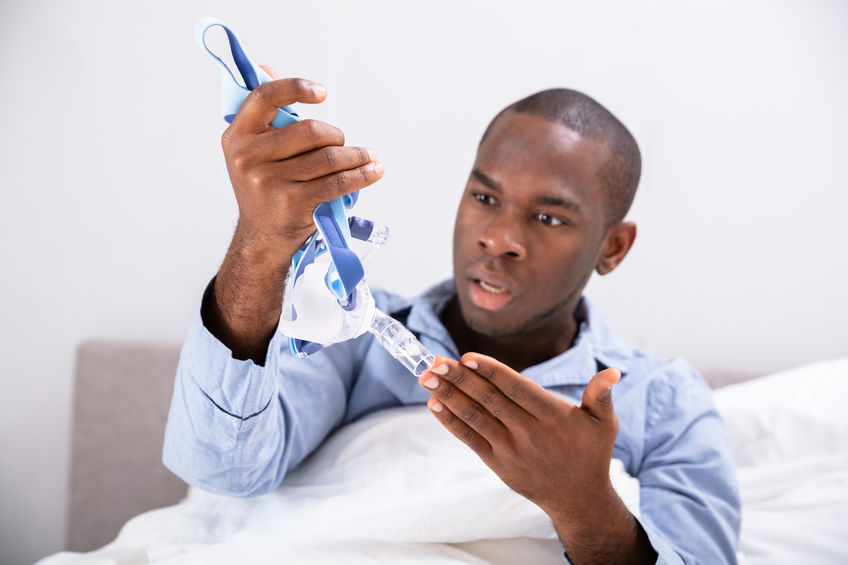
“The pressure is too intense.”
The continuous positive airway pressure is a form of positive airway pressure ventilation in which a constant level of pressure greater than atmospheric pressure is continuously applied to the upper respiratory tract of a person.
“Picture the air passage at the back of their throat like a garden hose with no water in it. The hose collapses down,” said Mary Mertens, a respiratory therapist at the Cleveland Clinic. “That’s what happens when a person with sleep apnea is sleeping. When we put a CPAP on somebody, it’s like turning the water on for the garden hose. The hose then pops open and stays open.”
Still the pressure may feel too intense, to illustrate it can feel like someone sticking their head out of a car window at 60mph versus 20 mph. The pressure settings greatly affect the comfort level of the patient so that is why communication in the early stages of CPAP therapy is the difference between success and failure. Once we understand the patient’s complaint, we can accomplish this in two ways:
- By utilizing and examining tracked data, we pursue doctor-recommended adjustments to their current CPAP pressure settings.
- We can suggest a machine with Ramp settings, which gradually increase pressure as the patient falls asleep and resets it each time patient awakes.
“Many CPAP machines have ‘ramp’features that gradually increase pressure to help you fall asleep faster. ResMed’s new feature, AutoRamp™, takes it one step further. It starts you at a low air pressure and stays there while you’re still awake so you and your bed partner can fall asleep easier. Once it detects you have fallen asleep, AutoRamp – you guessed it – automatically ramps your pressure up to the prescribed level.” – ResMed.com
To conclude, regardless of any issues new patients may or may not experience with their CPAP Therapy, it’s realistic to expect a few weeks’ adjustment period until it feels normal and second nature. Some of our patients take to it like a fish to water, but for those who struggle, we are here to help. It is our mission to facilitate long-term adherence and compliance for all of our patients, because we know that good sleep equates to good health, improved mood, more energy and waking up feeling well rested and ready to start your day.


